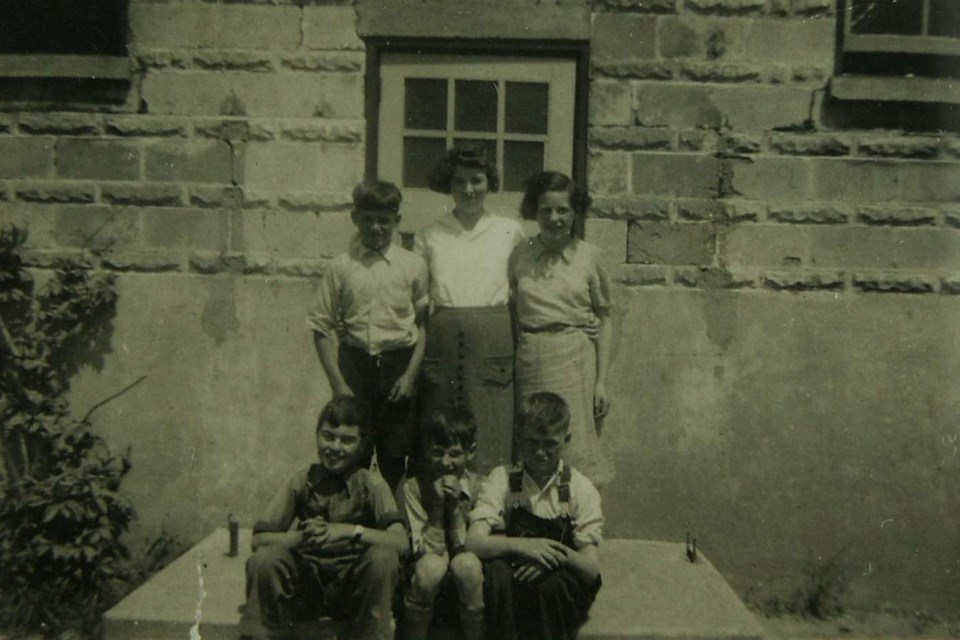As recently as 60 years ago, the peal of a school’s bell would have summoned children to class in the morning. Students would drag their heels while climbing the steps to the schoolhouse, greeting the prim teacher who would juggle lessons for grades 1 through 10. The children would (for the most part) sit quietly at their desks, bent over notebooks, speaking only when spoken too, fearful of the leather strap sitting menacingly on the teacher’s desk should they misbehave.
The one-room schoolhouse was a different world than the schools most of us grew up in.
Education was important to our pioneer forebears, most of whom came from humble stock in the old world and were determined their children would receive a better education than they had. It was also a matter of pride for any community to boast of a schoolhouse of their own.
Of course, these idealist immigrants could be excused if in the first few years of settlement schooling was not of immediate importance. Providing the necessities of life naturally took precedence. But as soon as farms were up and running, settlers would band together to create school boards, hire teachers, and raise schoolhouses.
Most early teachers lasted a handful of seasons before moving on. With a few exceptions, rural schoolteachers were young, unmarried women just starting out and not much older than the students they taught. Teachers were given a great deal of latitude when dealing with unruly students, up to and including use of the strap, but such draconian measures were only infrequently resorted to.
Teachers had to balance students from grade 1 to 10, and school photos of the day often show 30, 40 or even more students. One wonders how teachers managed. But a careful examination of school registers would reveal that few children attended school every day. For example, one 1890 school register I recently came upon had 55 students named, but 22 of them attended fewer than 40 days in total and several attended less than 10. In other words, people were still preoccupied with day-to-day existence and required the labour of their children — boys especially — more often than not to make farms and businesses work.
Teachers were poorly paid, and since most were far from home they boarded with a local family. It could be a lonely experience, living away from family and friends. It should come as little surprise that after a year or perhaps two of honing their skill in a rural community these young schoolteachers would move on to better opportunities, climbing up the ladder to schools nearer to villages and towns or else marry and start a family. No one blamed them for moving on. Such as the nature of the rural schoolteacher.
In time, the rural schoolhouse moved on as well.
By the 1960s, the sound of school bells no longer rang over rural hamlets as students were bused to larger, more modern central schools.



